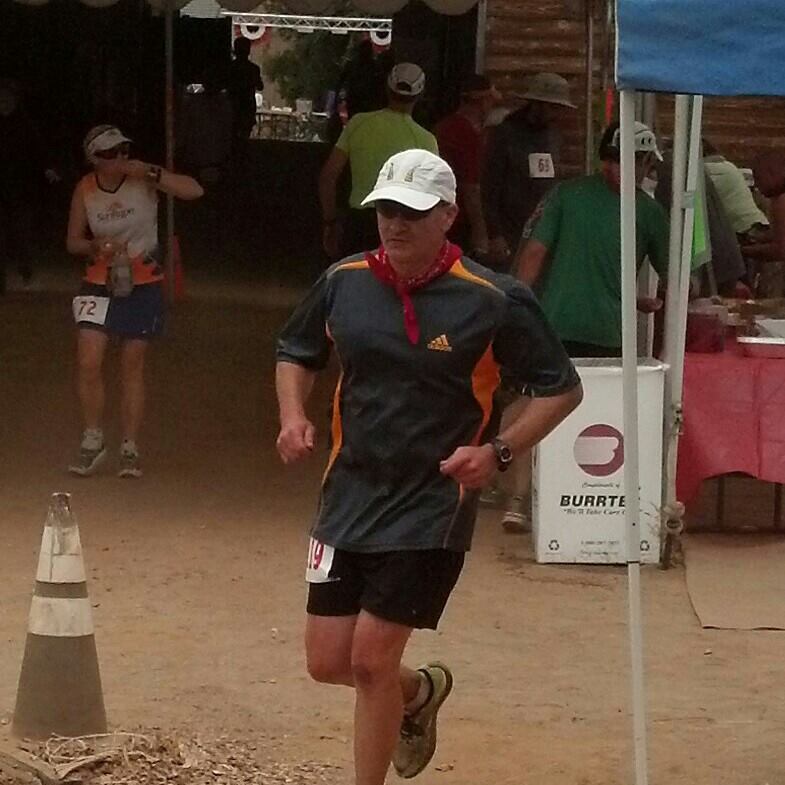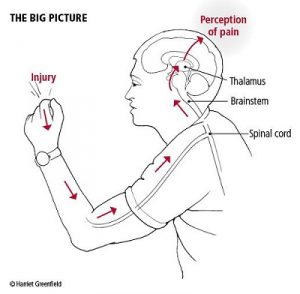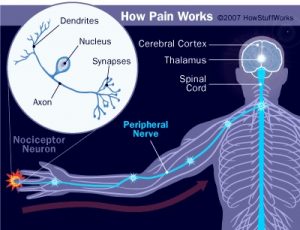Josie (my girlfriend) want to complete the San Diego half marathon Triple Crown. The races are the Carlsbad Half Marathon, the La Jolla Half Marathon and the America’s Finest City Half Marathon. After that, she wants to run the full Carlsbad Marathon. So training is tough. We were running eleven miles through rather steep hills. I knew she hated hills but also knew she was ready to handle them. At mile two, she stopped and began to wobble. Something was bothering her. I asked what was wrong and she said that he calf was hurting. I said we should stop and walk back but she wanted to push on. At six miles, she could run no more. The discomfort was too much. We ended up walking four miles back to the start.
Josie is a relatively new runner. She has the heart and physical attributes to complete her goals. What she is lacking is experience and understanding of running that one needs to avoid injury. Her issue of not sharing her pain was my fault. I never really pushed the importance of acknowledging any pain she might have and dealing with it on a case by case basis.
I have been running for a very long time and have trained myself to avoid injury and to recognize good pain (soreness from work) from bad pain (injury). I have learned mostly through trial and error. I have experienced discomfort and pain and decided to run through it which led to injury. I have also done the opposite: I have sidelined myself because I was simply sore from a good workout. I never really told Josie that there was a difference. She believed that pain (no matter what type) was something runners just had to deal with. This can be a very dangerous belief to have.
Pain is the brain’s way of telling you that there is an area in danger of getting injured (mind you, in DANGER of getting injured). Essentially, When an injury occurs (let’s say, burning your hand), there are structures at the end of your nerves called nociceptors which are stimulated by the trauma. the message is sent up the nerve to the spinal cord. There are two types of nerve fibers that may be used: the A delta fiber (the first, sharp pain) and the C fibers (the dull throbbing you feel afterwards. The signal goes up to the spinal cord to the brain where the signals hit different parts. This includes the area of the brain that deals with spatial awareness (where the injury has occurred) and the area that will release chemicals to counter act the pain (runners will know this as the “runner’s high” when the brain releases endorphins and canaboids chemicals to dull the pain and giving one the feeling of euphoria). (http://www.askdoctork.com).
The purpose of pain is the brain’s way of alerting the person that he is in danger of getting injured. With that being said, one might think that pain really does not exist since it is the brain’s signaling system. That is partly true. As an experienced runner, you learn to ignore certain types of pain because you know that the painful area if just being taxed and is in no real danger of being injured. This is especially true when running eighteen miles and further. But, that pain must be acknowledged because that pain that might actually signify an injury. Soreness in common areas can be ignored. The aches caused by long (or very long) runs can be pushed down. But sharp pain in areas (such as the knee) should be taken seriously. For an injury may be on the horizon.
So what am I saying here? Do not be super human. Do not disregard with signals your brain is sending you. Acknowledge them and then decide what your next steps are. To conclude the story: Josie’s pain went away. She will be running the La Jolla Half Marathon on Sunday.
Reference:
Pictures courtesy of:
www.theodysseyonline.com
livestrong.com
askdoctork.com
howstuffworks.com
pixabay.com






